SAP SuccessFactors is a global provider of the cloud-based human capital management (HCM) software. Transferring or the integration of data, as it may be called, between the SAP ERP HCM and SAP SuccessFactors is a complicated activity that is fundamental to the operation of the processes across the wider ERP and HRIS landscape.
A number of criteria have to be kept in mind before the processes of designing or integration is started, which includes the understanding of the data and the processes that influence the final design. A longstanding cloud roadmap helps in the planning of approach integration and that saves cost, time and energy.
Organizations are now hiring consultants in SAP HCM-Success Factor. Hence boost your career with SAP SuccessFactors certification course.
Factors to Consider for Integrating SAP SuccessFactors with SAP HCM:

1. Business Processes:
In case of the SAP-SuccessFactors Talent Hybrid integration scenario, that uses the SAP SuccessFactors for one or more of its talent management processes and the SAP HCM, that uses core HR, it is important to realize that it is absolutely necessary to transfer the data created or used in a process between the two systems. In some talent processes, it is essential to transfer data like compensation increase from the SuccessFactors Compensation to the SAP HCM for payroll.
2. The System of Record:
The SuccessFactors becomes the record of the talent system in the Talent Hybrid model and it is crucial to decide as to what data should be stored there. This is crucial when using the HR or the talent analytics solution like the Workforce Analytics, SAP SuccessFactors etc. If the SuccessFactors Employee Central has to be implemented, then another important decision has to be taken, like whether the SAP HCM remains as the system of record or whether it is replaced by Employee Central as the system of record. The integration that is required to be designed or built is influenced by these choices.
3. Designing a Long-term SuccessFactors Strategy and Landscape Architecture:
By designing of the landscape architecture and the long-term strategy for Success Factors, an understating of the level of integration that is to be built is achieved. Decisions should be taken wisely, as investing in integration middleware licenses for cheap technology or complex integrations in the short term could be wastage of money when other long term options could be more cost-effective. Moving towards the cloud, piece by piece is a perfect adoption strategy of the SuccessFactors but it is obvious that instead of the piece by piece method, moving with a bang would lower the cost and complexity for integration. Knowing which systems are required to be integrated with the Employee Central would influence the selection of the middleware platform.
4. Middleware Technology:
There is a host of middleware technology choices, that depend on which SuccessFactors applications you would be integrating and which systems would you be integrating them with and each have their share of demerits and merits.
SAP provides two technologies for integration, which can be employed with the Talent Hybrid iFlows that is the SAP HANA Cloud Integration (HCI) and the SAP NetWeaver Process Integration (PI). The PI is part of the base NetWeaver license and only needs the cost for the implementation of PI and the price of HCI is 7.5% of the subscription of the Success Factors. This could be expensive when using multiple applications. For the Employee Central, the Dell BoomiAtomsphere middleware platform is available, bundled with the Employee Central subscription. This could be expensive for the Talent Hybrid scenario.
PI cannot be utilized to integrate the Employee Central with the third-party cloud apps, such as the Workforce Software EmpCenter and the Kronos but HCI does have this capability.
5. Study SAP's Roadmap and Reach Out to Product Management
SAP also has a long-term roadmap for Employee Central and Talent hybrid integration that is constantly evolving to include additional content. This covers the core process integration and saves appreciable time on creating and maintaining the customer integration. Understanding the planning of SAP, would help in aligning the integration needs with the offerings of SAP and would also influence the decision made for a suitable solution.
Thus, for the growing popularity of the SuccessFactors HCM Cloud, advance your career in the right direction with SAP SuccessFactors training.
Find a course provider to learn Sap HCM
Java training | J2EE training | J2EE Jboss training | Apache JMeter trainingTake the next step towards your professional goals in Sap HCM
Don't hesitate to talk with our course advisor right now
Receive a call
Contact NowMake a call
+1-732-338-7323Enroll for the next batch
SAP HCM Interactive Learning at Learner's convenience
- Dec 8 2025
- Online
SAP HCM Interactive Learning at Learner's convenience
- Dec 9 2025
- Online
SAP HCM Interactive Learning at Learner's convenience
- Dec 10 2025
- Online
Sap HCM
- Dec 11 2025
- Online
Sap HCM
- Dec 12 2025
- Online
Related blogs on Sap HCM to learn more
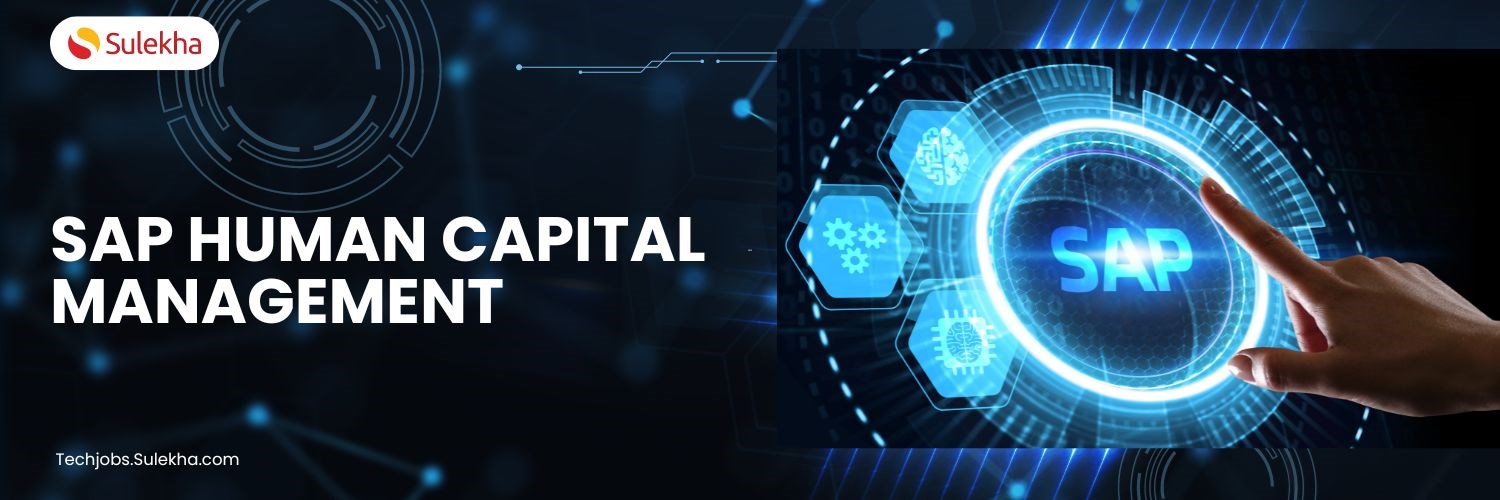
SAP Human Capital Management (HCM)
SAP Human Capital Management (HCM) In the realm of enterprise resource planning (ERP) systems, SAP Human Resources (SAP HR) stands out as a comprehensive solution dedicated to managing and optimizing an organization's human capital. Also known as SA

Which is the Best Human Capital Management Software SAP HCM or Workday HCM or Oracle HCM?
HCM helps businesses to manage human resource management practices across all the aspects of the employee's needs. Choosing the right HCM software for your organization or learning the right package is a challenge as the term “right” depends on your

Organizational benefits from SAP HCM!
Being a leader of business software suites, SAP offers various functional modules for the business world to help tackle their challenges efficiently.

Looking For A SAP HCM Job? Check What It Takes To Make A Mark
If you are reading this article we would like to take the luxury of assuming that you are already aware of what SAP is and what its scope of work is. Not everybody is aware of the fact that SAP is the world's largest provider of business software and

How SAP HCM Is Revolutionizing the Concept of Human Resource Management?
What is the most important and valuable resource for a company? It is not money or machines, it is in fact people who run the company. You can have the best office supplies, but if you do not have well motivated and educated employees, your chance o
Latest blogs on technology to explore

From Student to AI Pro: What Does Prompt Engineering Entail and How Do You Start?
Explore the growing field of prompt engineering, a vital skill for AI enthusiasts. Learn how to craft optimized prompts for tools like ChatGPT and Gemini, and discover the career opportunities and skills needed to succeed in this fast-evolving indust
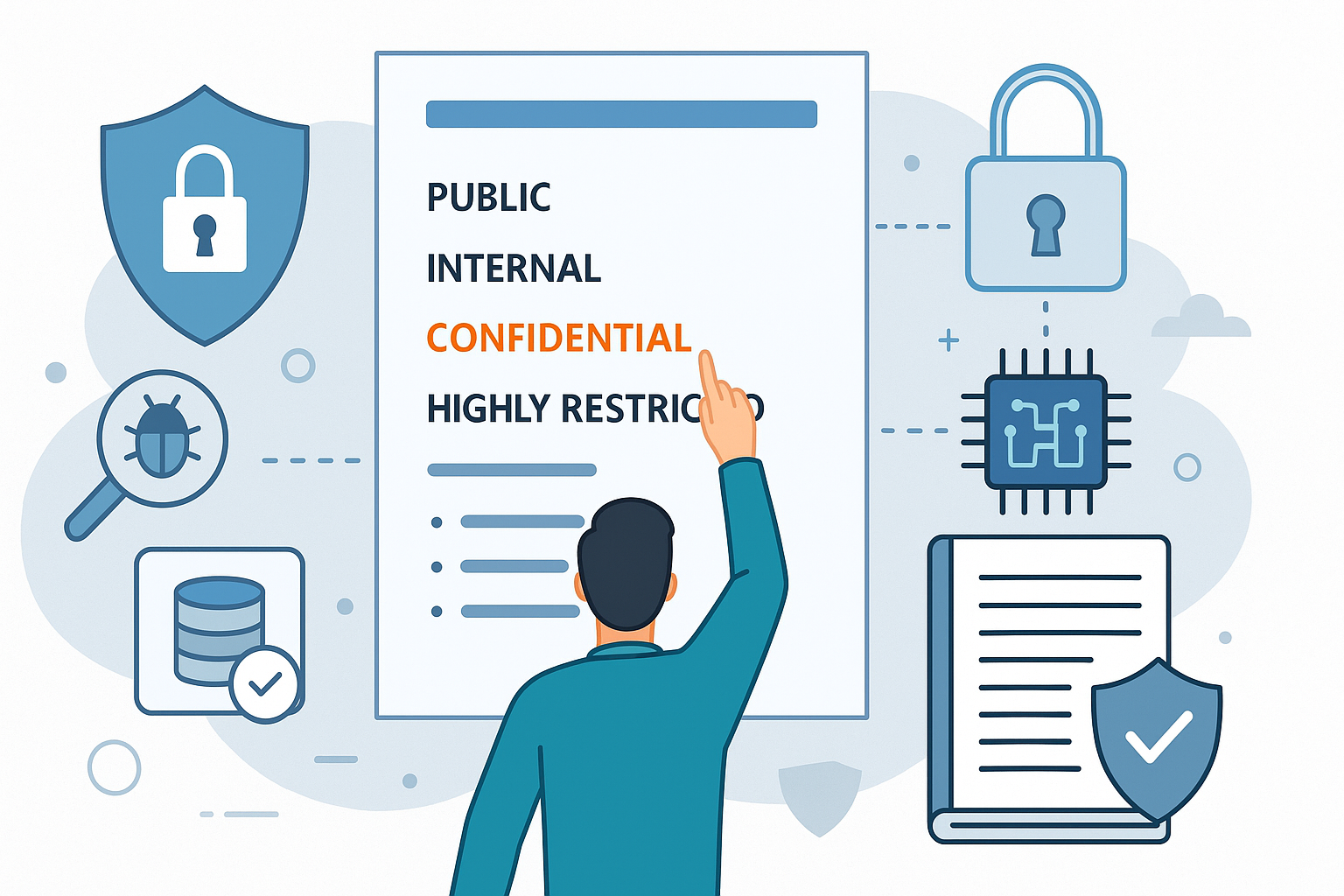
How Security Classification Guides Strengthen Data Protection in Modern Cybersecurity
A Security Classification Guide (SCG) defines data protection standards, ensuring sensitive information is handled securely across all levels. By outlining confidentiality, access controls, and declassification procedures, SCGs strengthen cybersecuri
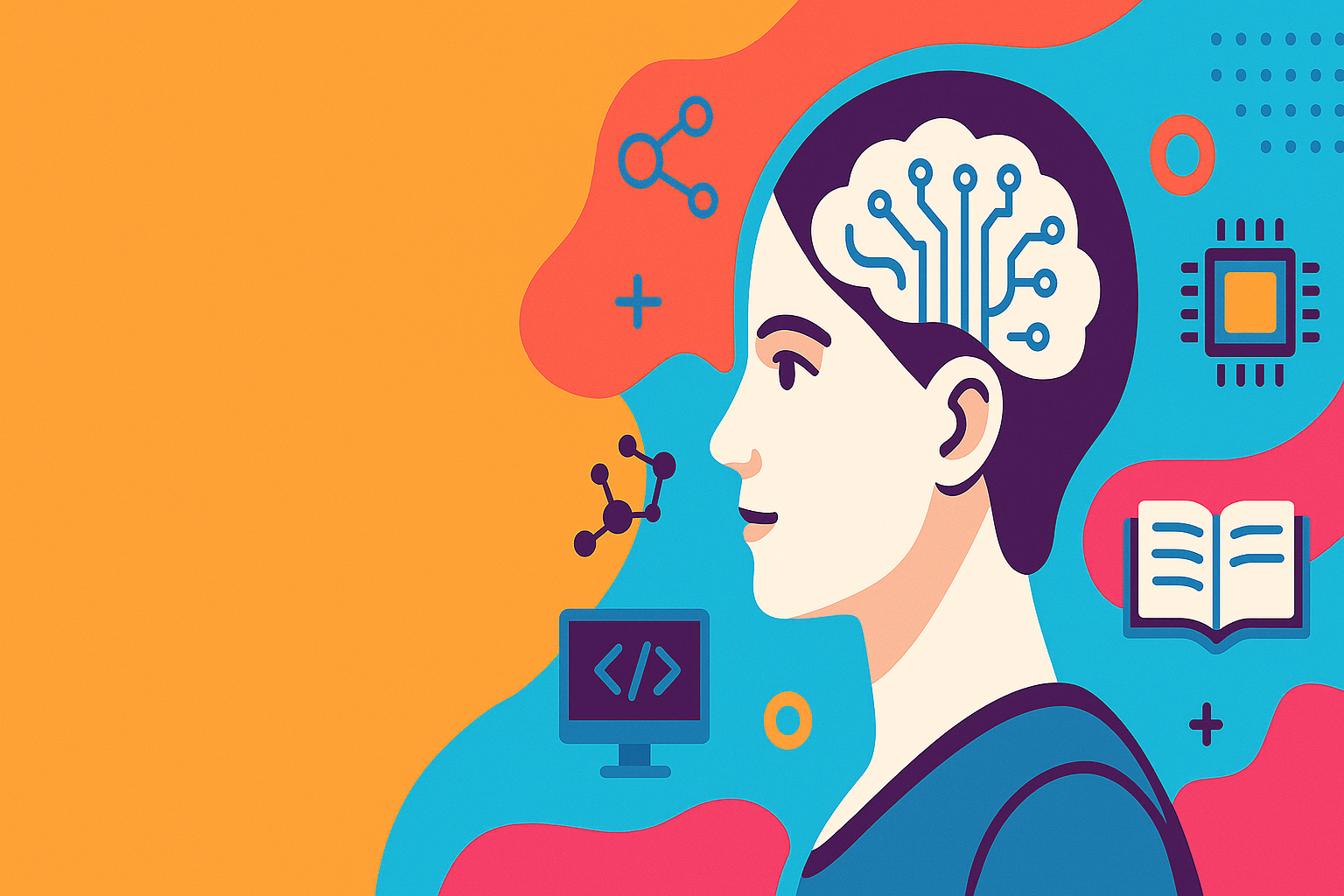
Artificial Intelligence – A Growing Field of Study for Modern Learners
Artificial Intelligence is becoming a top study choice due to high job demand and future scope. This blog explains key subjects, career opportunities, and a simple AI study roadmap to help beginners start learning and build a strong career in the AI

Java in 2026: Why This ‘Old’ Language Is Still Your Golden Ticket to a Tech Career (And Where to Learn It!
Think Java is old news? Think again! 90% of Fortune 500 companies (yes, including Google, Amazon, and Netflix) run on Java (Oracle, 2025). From Android apps to banking systems, Java is the backbone of tech—and Sulekha IT Services is your fast track t
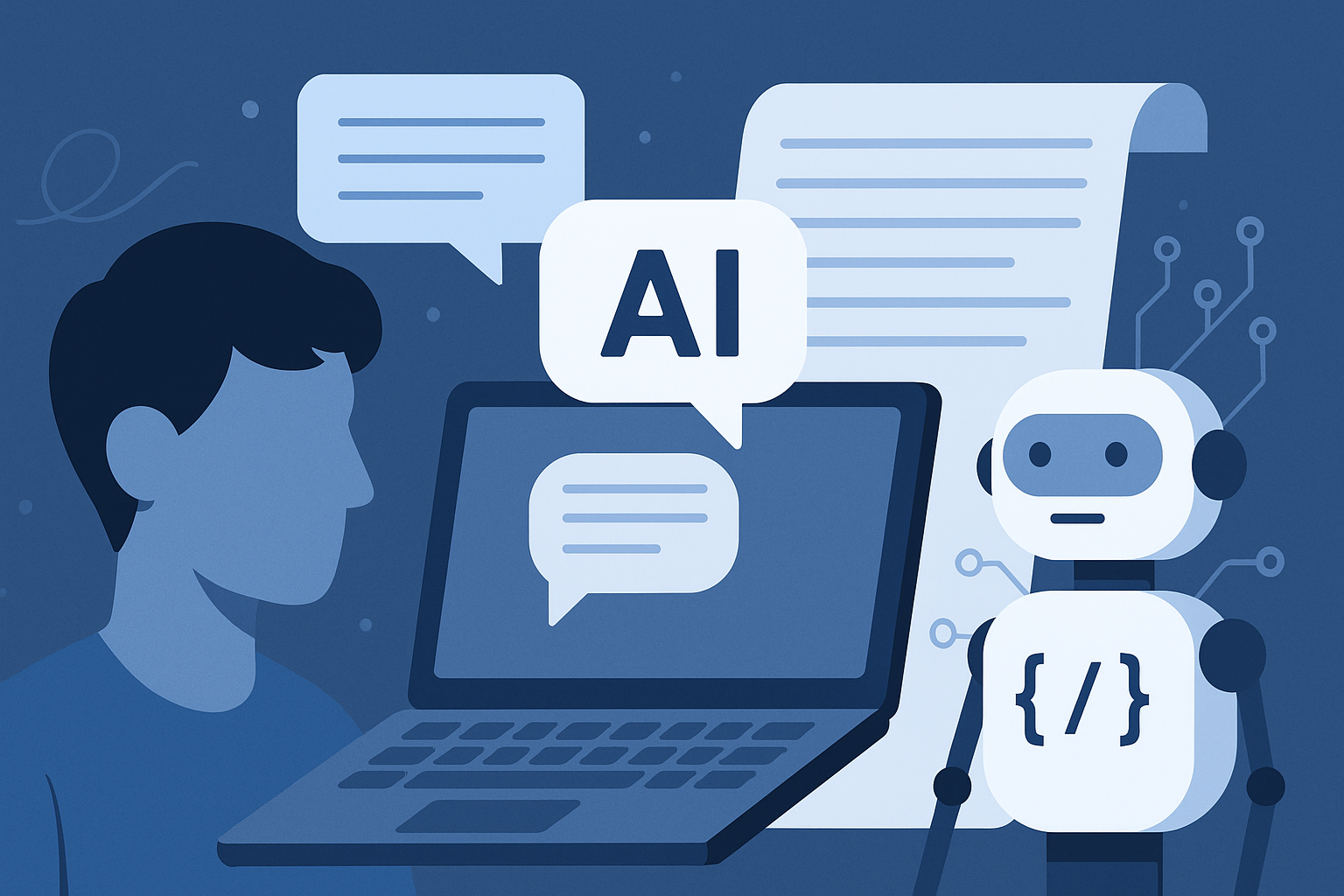
From Student to AI Pro: What Does Prompt Engineering Entail and How Do You Start?
Learn what prompt engineering is, why it matters, and how students and professionals can start mastering AI tools like ChatGPT, Gemini, and Copilot.

Cyber Security in 2025: The Golden Ticket to a Future-Proof Career
Cyber security jobs are growing 35% faster than any other tech field (U.S. Bureau of Labor Statistics, 2024)—and the average salary is $100,000+ per year! In a world where data breaches cost businesses $4.45 million on average (IBM, 2024), cyber secu

SAP SD in 2025: Your Ticket to a High-Flying IT Career
In the fast-paced world of IT and enterprise software, SAP SD (Sales and Distribution) is the secret sauce that keeps businesses running smoothly. Whether it’s managing customer orders, pricing, shipping, or billing, SAP SD is the backbone of sales o

SAP FICO in 2025: Salary, Jobs & How to Get Certified
AP FICO professionals earn $90,000–$130,000/year in the USA and Canada—and demand is skyrocketing! If you’re eyeing a future-proof IT career, SAP FICO (Financial Accounting & Controlling) is your golden ticket. But where do you start? Sulekha IT Serv

Train Like an AI Engineer: The Smartest Career Move You’ll Make This Year!
Why AI Engineering Is the Hottest Skillset Right Now From self-driving cars to chatbots that sound eerily human, Artificial Intelligence is no longer science fiction — it’s the backbone of modern tech. And guess what? Companies across the USA and Can
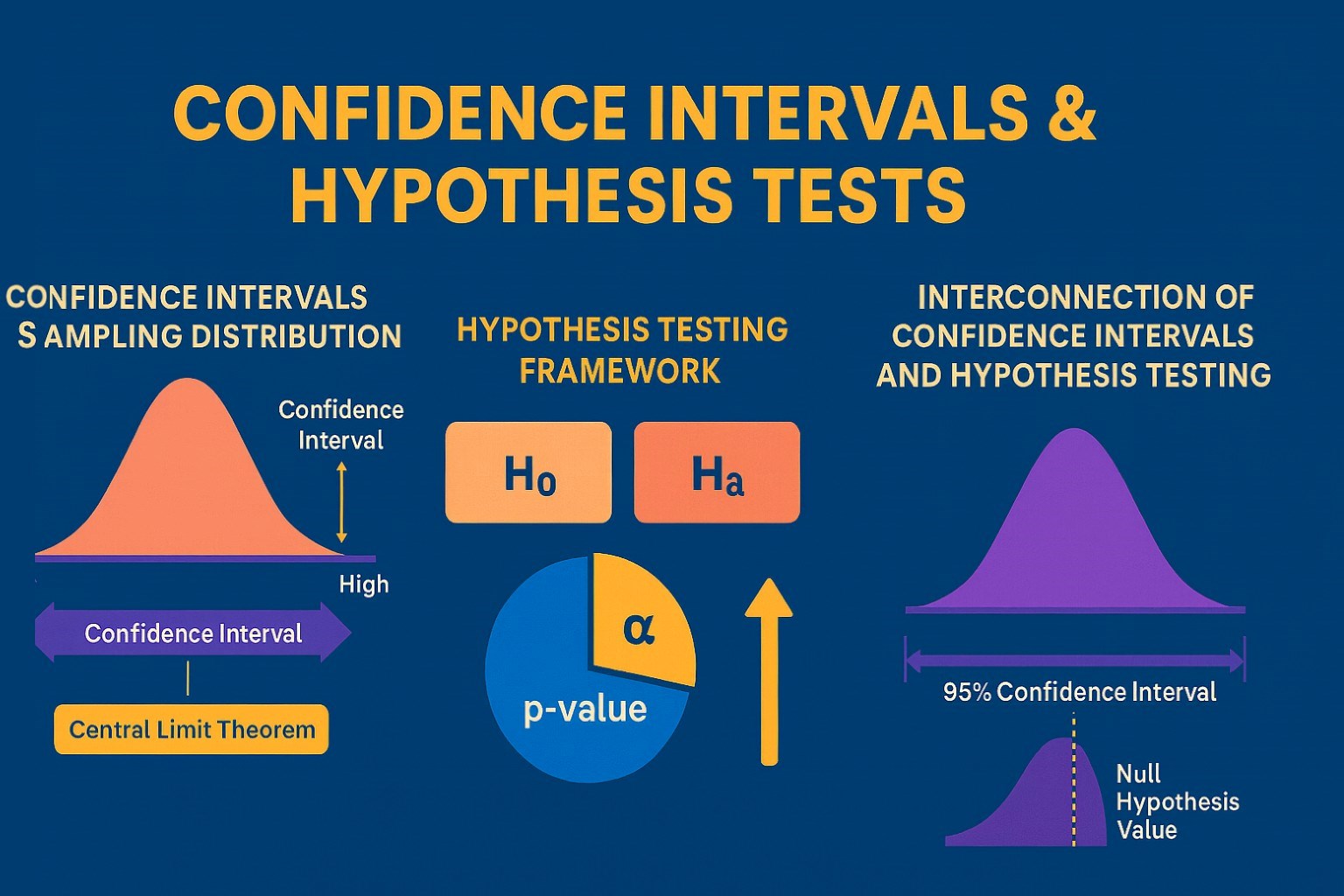
Confidence Intervals & Hypothesis Tests: The Data Science Path to Generalization
Learn how confidence intervals and hypothesis tests turn sample data into reliable population insights in data science. Understand CLT, p-values, and significance to generalize results, quantify uncertainty, and make evidence-based decisions.